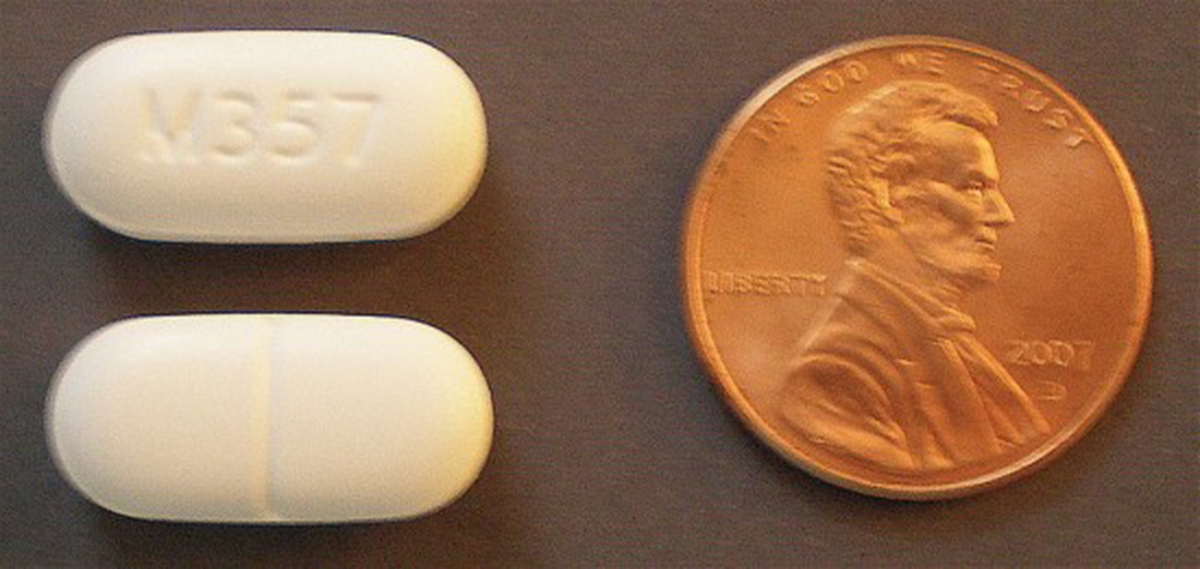Table of Contents
While the FDA believes that the benefits of Zohydro outweigh its risks, critics raise issues about its effectiveness and safety. The FDA has been criticized for being too friendly with opioid manufacturers in spite of the fact that too many people have been dying from abuse and drug overdose in the past years.

Read More: People Overestimate Drugs Approved by FDA
More than 130 million prescriptions for Vicodin were filled in 2010, making it the most commonly prescribed medication in the country. It is sad to note that in the same year, narcotic overdose claimed the lives of more than 16,000 people, which is about four times the number of deaths recorded a decade ago. While Vicodin tablets come in doses of five to ten milligrams combined with 300 mg acetaminophen, Zohydro ER tablets come in much higher doses (10-50 mg), without a combination drug. Critics fear that this increases the risk for more deaths due to narcotic drug abuse, especially with Zohydro’s current formulation.
Extended release medications come in coated tablets that discharge small amounts of the drug over time (12 hours for Zohydro ER). However, individuals who seek pleasure from drugs may crush, chew, or mix the tablets with alcohol to experience its full effects at once. Although another opioid product, OxyContin, was reformulated in 2010 to make it resistant to abuse, Zohydro was not required by the FDA to do the same.
While Morgan Liscinsky, FDA spokesperson, says that the agency does not require all opioid products to be abuse-deterrent, they assure consumers that Zohydro’s label will bear clear warnings about drug abuse and will advise doctors to monitor their patients for misuse or addiction. Furthermore, Zohydro manufacturer Zogenix, which is based in San Diego, issued a statement that it plans to make a formula of the drug that will deter abuse.
Is Zohydro as Effective as It Claims?
Some critics also question if Zohydro is indeed as effective as it is claimed to be, after all, the trial only took 12 weeks to complete. Experts believe that there has been little research about its effects when used for longer periods. Furthermore, patients who were involved in the study were recruited through an enriched enrollment method.
This technique allows manufacturers to include people who are more likely to respond well to their drug and weed out those who would not be able to tolerate it even before the clinical trial has began. Critics claim this is one form of cheating because the results will not accurately reflect the drug’s effectiveness in a larger group of people when it is marketed after it has been approved. Instead, the results of the current study reflected the effects of the drug in a limited experiment that showed hydrocodone reduced pain just a little better than did a placebo.
FDA justifies the enriched enrollment as that of personalized medicine that attempts to include patients for whom a drug will be most effective but experts feel that this is not realistic and could result in more deaths.
- Fauber, J and Fiore, K. FDA and Opioids: What's Going On Here? Medpage Today
- Drugs.com. Zohydro. http://www.drugs.com/zohydro.html
- WebMD. Opiate Pain Relievers for Chronic Pain. http://www.webmd.com/pain-management/opioid-analgesics-for-chronic-pain
- Photo courtesy of johnofhammond by Flickr : www.flickr.com/photos/9977278@N04/2230832127/
- Photo courtesy of Elbreapoly by Wikimedia Commons : en.wikipedia.org/wiki/File:Hydrocodone-paracetamol-5-500.jpg
- www.medpagetoday.com
- www.drugs.com
- www.webmd.com

